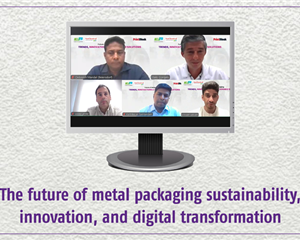Co-existence is the way ahead: IMC 2015
The two-day Indian Magazine Congress concluded on 24 February at Hyatt Regency, Chennai. The ninth edition of the conference looked was themed as 'Magazines: 2X’ – Engage. Connect. Work.
28 Feb 2015 | By PrintWeek India
| KEY TAKEAWAYS FROM THE CONGRESS |
|
1. The magazine publishing business isn’t centered around print anymore. It’s magazine +. With an increasing focus on digital and event consumption. 2. We need to think Millennial. That’s the new generation (those born after 1980). This audience cluster are more prone to paying a premium for authentic, expert content. 3. Audiences dictate the content distribution. Go where the audiences are. Where are they? They are on Mobile, Social, Online, Email, Print, Live Events. 4. Content is the trump card. The more we invest in generating expert, curated content, the more we will attract audiences. 5. The ‘Brand’ plays a key role in the consumer interaction and engagement. Authenticity is key. 6. We live in an ‘Attention Economy’, dominated by mobile, social and visual. Mobile and Social point to consumption of bite sized content. Visual points to the departure from text to visual. As consumers today, we will watch first and read later. 7. Content consumption culture has also been redefined from months to moments to micro-moments. It is multi-device and personalized. A movement towards delivering round the clock content basis the hourly segmentation of the consumer’s life is also being witnessed. From the time he/she wakes up till the time they retire at night. Brands need to adapt to this to ensure delivery. 8. Key advertising trends in print and digital point towards the increasing reliance on native advertising/advertiser content/branded content. Care has to be taken to label these as such. Consumers are smart to realise if they are being ‘sold’ something. Programmatic advertising will be the dominant method. 9. Diversifying revenue streams the mandate now. No longer a requirement. 10. Organisations have to re-structure their DNA to meet the demands of the digital consumer. |












 See All
See All